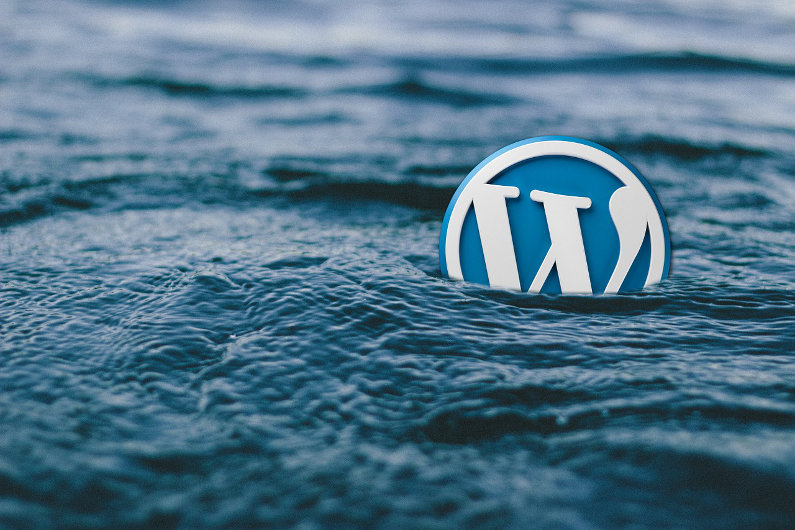Making a mistake the first time is okay. Not learning from that mistake isn’t okay, though. Here are some common WordPress mistakes that other people have made so you don’t have to. If you’re currently making these mistakes, now’s your chance to fix them!

1. Using the wrong WordPress platform
You can opt for either WordPress.com or WordPress.org. The former is best for beginners who don’t want to bother coding and who aren’t too worried about monetizing their blog quite yet. The latter is best for experienced bloggers and designers who know what they’re doing from the start. Keep in mind that it could be difficult to go from WordPress.com to WordPress.org depending on your theme, so plan to stick with the one you choose to start out with.
2. Not changing the admin username
When you first create a WordPress blog, you’ll have an automatic username. Since everyone’s assigned “Admin” as their username, leaving it that way makes you susceptible to hackers. Plus, when you change your username to something personal, you help to brand your blog.
3. Using a bad theme
Have you ever seen a crummy blog theme? Chances are you have, and that it wasn’t a blog you spent any time on . Your best bet is to choose from the themes that WordPress offers you. These are bound to work well with the platform and you shouldn’t encounter any problems. If you must purchase a third-party theme, though, make sure you read the reviews beforehand. You could get one that’s defective if you’re not careful, and WordPress themes can cost a lot.
4. Not changing the default tagline
When you first create a WordPress blog, the tagline will be, “Just another blog.” This is your chance to describe your website to your audience. Why would you leave the default there when you can brand your blog? Consider making the tagline something that has to do with your URL. If you need a custom domain name, find the best domain hosting available.
5. Not changing the default favicon
This is the identity card of your website. This tiny icon will be forever associated with your WordPress site. It’s displayed in the browser, next to your URL.
6. Adding too many categories and tags
Sure, you may post a lot of varied content on your blog, and categories and tags may be the only way to keep everything organized. However, if these areas are too cluttered and specific, you could prohibit readers from finding what they’re looking for. Stick with a handful of go-to categories and tags, and make sure everything you write falls into those areas. If you start posting new types of content, it’s fine to add more categories and tags, so long as they’re still somewhat general.
When first setting up WordPress, don’t be in such a hurry to get your blog going that you make silly, avoidable mistakes.



